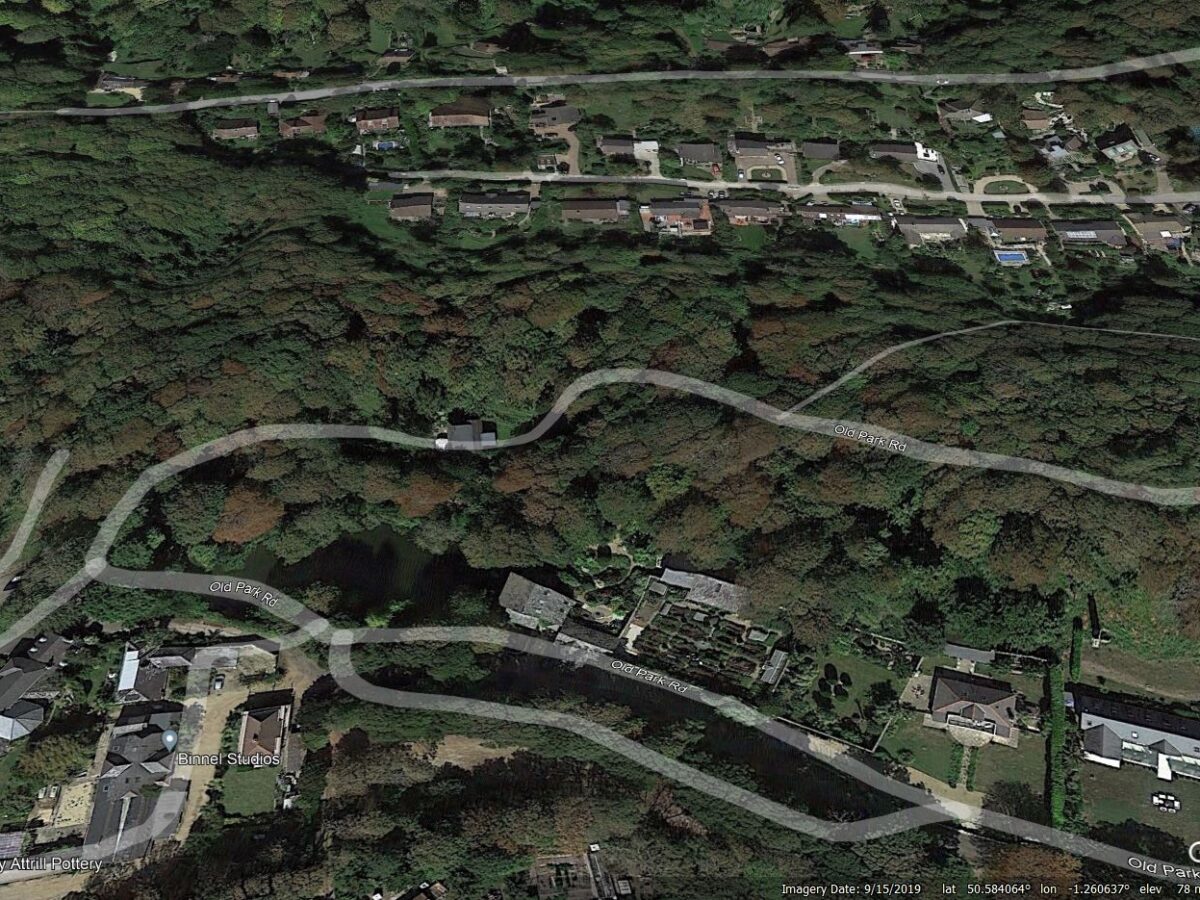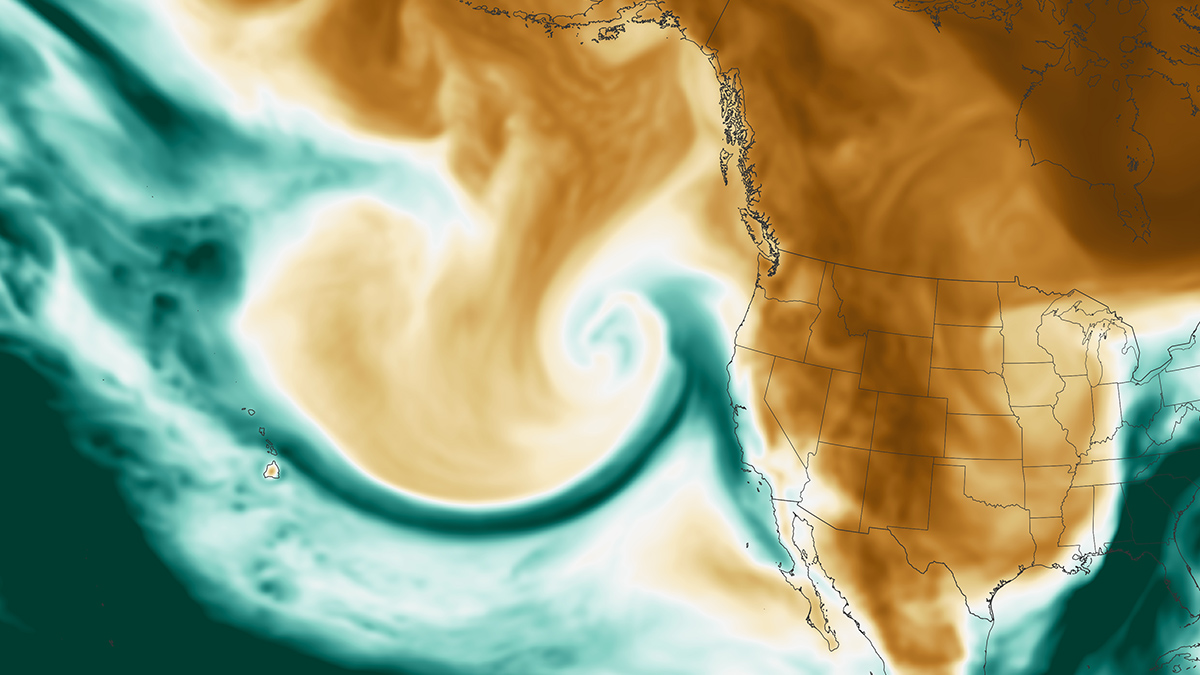The Landslide Blog is written by Dave Petley, who is widely recognized as a world leader in the study and management of landslides. In the last few days, China has suffered multiple landslides triggered by heavy rainfall, with reports of fatalities. It is often difficult to get high quality information about these events in China […]
rain
Agricultural Lands Are Losing Topsoil—Here’s How Bad It Could Get
A new study says topsoil erosion is likely to increase under climate change, though policy changes now could help stem the loss.
Rain Comes to the Arctic, With a Cascade of Troubling Changes
Rain used to be rare in the Arctic, but as the region warms, so-called rain-on-snow events are becoming more common. The rains accelerate ice loss, trigger flooding, landslides, and avalanches, and create problems for wildlife and the Indigenous people who depend on them.
Landslides from the record-breaking 2023 storms in Auckland, New Zealand
The Landslide Blog is written by Dave Petley, who is widely recognized as a world leader in the study and management of landslides. In January and February 2023, the largest city in New Zealand, Auckland, and its surrounding area was affected by two extraordinary rainfall events, triggering many thousands of landslides. In an open access […]
Landslides associated with the extreme rainfall in Jiangwan, Guangdong, China
The Landslide Blog is written by Dave Petley, who is widely recognized as a world leader in the study and management of landslides. It is widely reported that the Chinese province of Guangdong is suffering a period of extreme rainfall, driving widespread flooding. Thousands of people have been evacuated and there is widespread damage. Less […]
When It Rains, It Pours!
Water that falls on a forest canopy during rainfall events reaches the ground at focused locations called “pour points”. This insight has a major impact on how we view hydrologic processes on the ground.
Air Pollution Has Masked Climate Change’s Influence on U.S. Rainfall
A study suggests that high levels of aerosol pollution have offset higher precipitation levels caused by a warming climate.
New insights into the ongoing landslide at St Lawrence on the Isle of Wight
The Landslide Blog is written by Dave Petley, who is widely recognized as a world leader in the study and management of landslides. The extraordinary spell of wet weather continues to have a major impact across the United Kingdom, with landslides occurring in many places. The rail network is being significantly disrupted by earthworks failures, […]
Rainstorm Intensity Drives Desert Landscape Evolution
New mathematical models show that the persistence of near-vertical cliffs in arid landscapes is maintained by infrequent, but high-intensity rain storms.
The Escalating Impact of Global Warming on Atmospheric Rivers
Climate change is set to intensify atmospheric rivers and exacerbate extreme rainfall worldwide.










